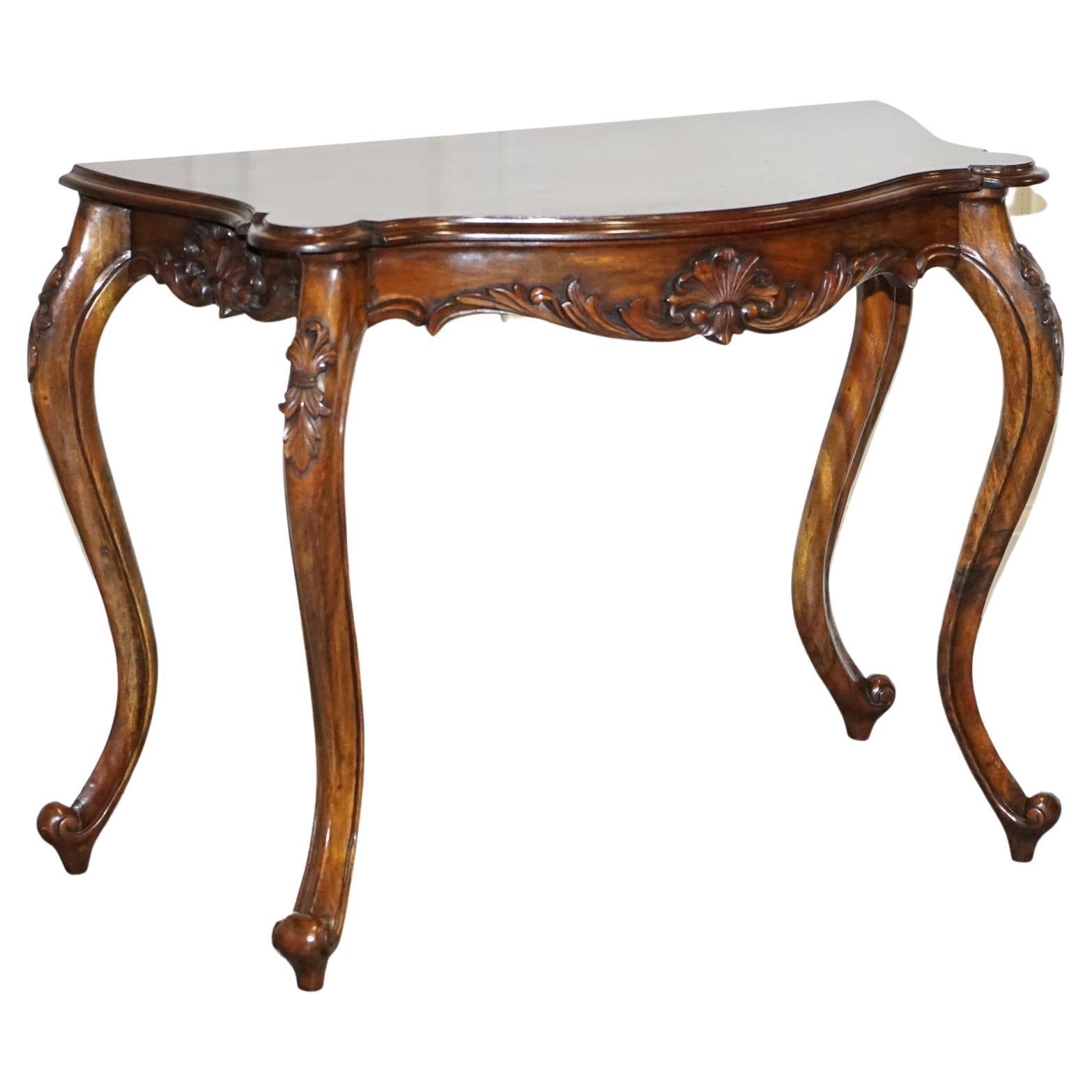Antique furniture holds history in every detail, and one of the most revealing elements are its legs. The way they were designed and carved can accurately indicate the period and style to which they belong.
The Cabriolé Leg
The Cabriolé leg is one of the most representative features of classic furniture. It is characterised by its curved ‘S’ shape, which widens at the top, narrows in the centre and curves slightly outwards at the foot.
It was a central element in styles such as Rococo and Queen Anne. Its elegance and complexity reflect the detailed craftsmanship of the period.

The Claw Leg
This type of leg is inspired by the claw of a predatory animal (such as a feline or bird of prey) holding a sphere or perching on a smooth disc. They mainly belong to the Queen Anne and Chippendale styles, which developed in the 18th century.
Sculpted as an extension of a curved leg or as the base of a low piece of furniture, whether in natural wood or chrome-plated metal, it will invariably lend a unique and elegant style to the piece.

Victorian Leg
With a straight or bulging outline and decoration ranging from understated to profuse, Victorian legs are characterised by their fluted and slightly turned shape. They belong to the Victorian style, approximately between 1837 and 1901.
These pieces of furniture are heirs to an era in which the main source of inspiration was the art of classical antiquity, which is why we can find similarities between these legs and the columns of Greek and Roman temples.

Other Common Leg Styles
- Onion or Bullet Legs: Cylindrical and straight, typical of the Empire style. They resemble the shape of an onion or bulb turned upside down.
- Sword Legs: Thin and slanted outwards, providing stability. Typical of antique chairs and armchairs.
- Dolphin legs: Legs sculpted with the stylised figure of a dolphin. They originated in the Renaissance and became popular in the mid-18th century in the luxurious Empire, Regency and Biedermeier styles.
Recognising these types of legs is one of the first and best tools for starting to date and identify antique furniture. They speak of the tastes, techniques and even symbolism of their time.
The next time you see an antique piece of furniture, try to pay attention to its legs. When studying antique furniture, every little detail counts towards a better understanding of the history behind the piece you want to purchase.